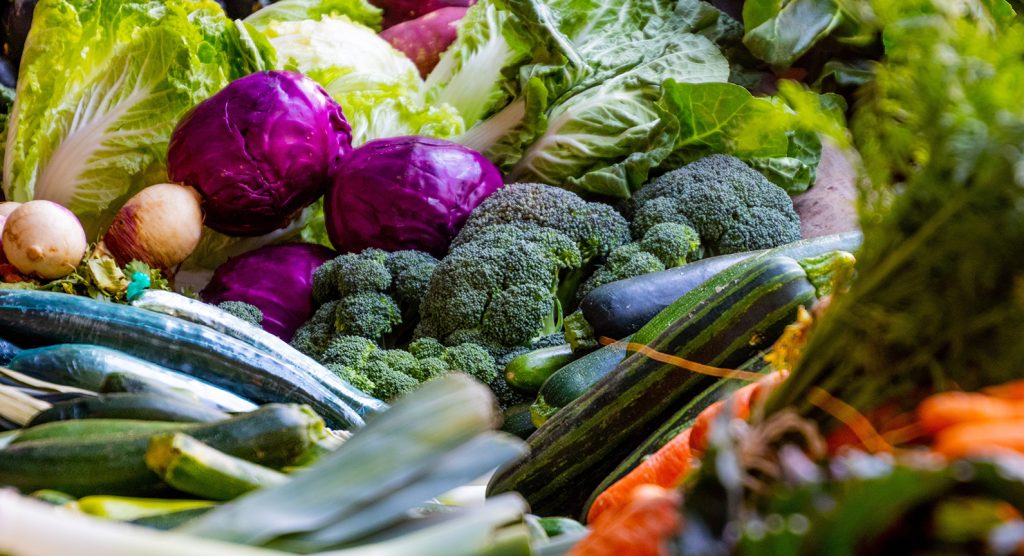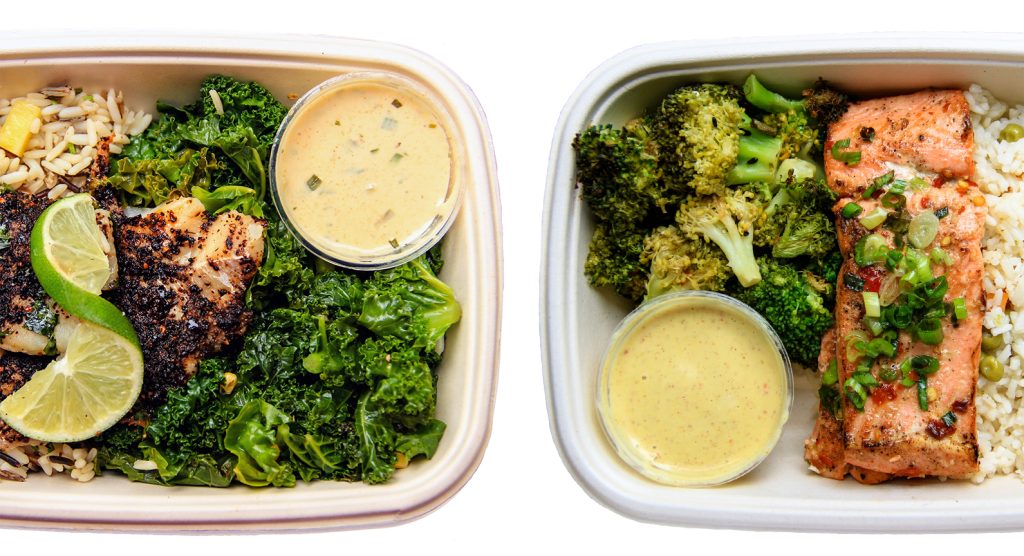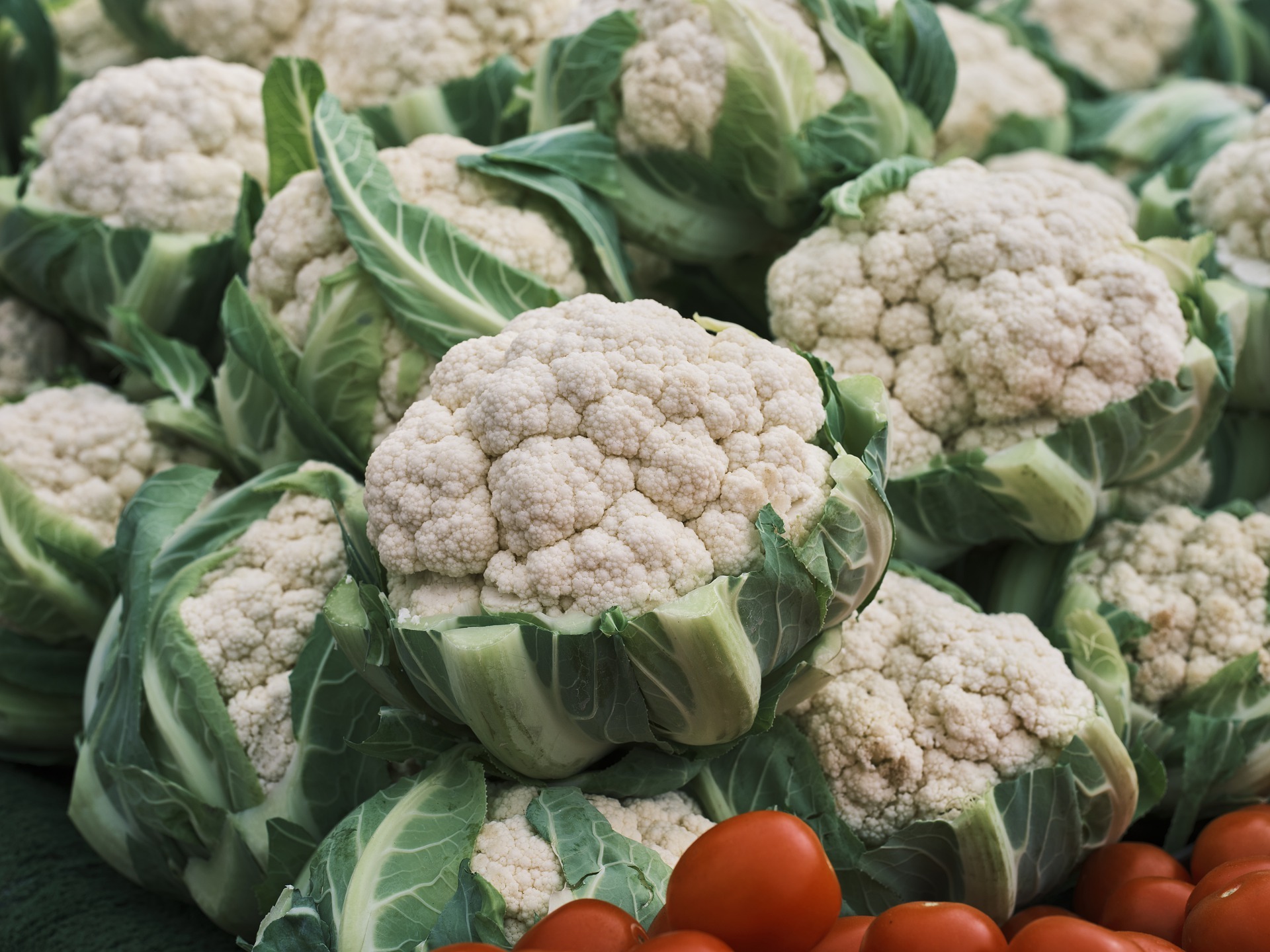What is a cruciferous vegetable?
First of all, how is this word pronounced? Phonetically it could be read as crew-se-fur-us, and in our opinion, it’s a pretty fun word to say. Cruciferous vegetables are in the Brassica genus of plants. This includes plants like arugula, bok choy, broccoli, broccoli rabe, broccolini, brussels sprouts, cabbage, cauliflower, collards, horseradish, kale, kohlrabi, mustard greens, radish, red cabbage, rutabaga, turnips, turnip greens, and watercress.
Cruciferous vegetables are rich in many nutrients including beta-carotene, vitamins E, C, and K as well as folate. They are also rich in fiber and low in calories.

What gives cruciferous vegetables that bitter flavor?
That would be because of glucosinolates, which are sulfur-containing compounds. During cooking, chewing, and digestion, the glucosinolates are broken down to form biologically active compounds such as indoles, nitriles, thiocyanates, and isothiocyanates. Scientific studies have uncovered anti-cancer effects of these cruciferous phytochemicals, and a lower risk of cancer in people who eat cruciferous vegetables regularly.
It’s important to note that higher consumption of vegetables, in general, may protect against diseases, including some types of cancer. And individuals who make an effort to eat more cruciferous vegetables, are likely living relatively healthy lives, and be less susceptible to certain diseases and cancers.

At mademeals we are big fans of brassicas. Many of our meals feature these vegetables like our spinach and kale salad, Peruvian chicken breast with steamed broccolini, and boneless short ribs with garlic cauliflower mash, just to name a few. We believe food is the best medicine and eating what’s best for your body should be easy. Check out some of the delicious and good-for-you meals available on our current seasonal menu here!
